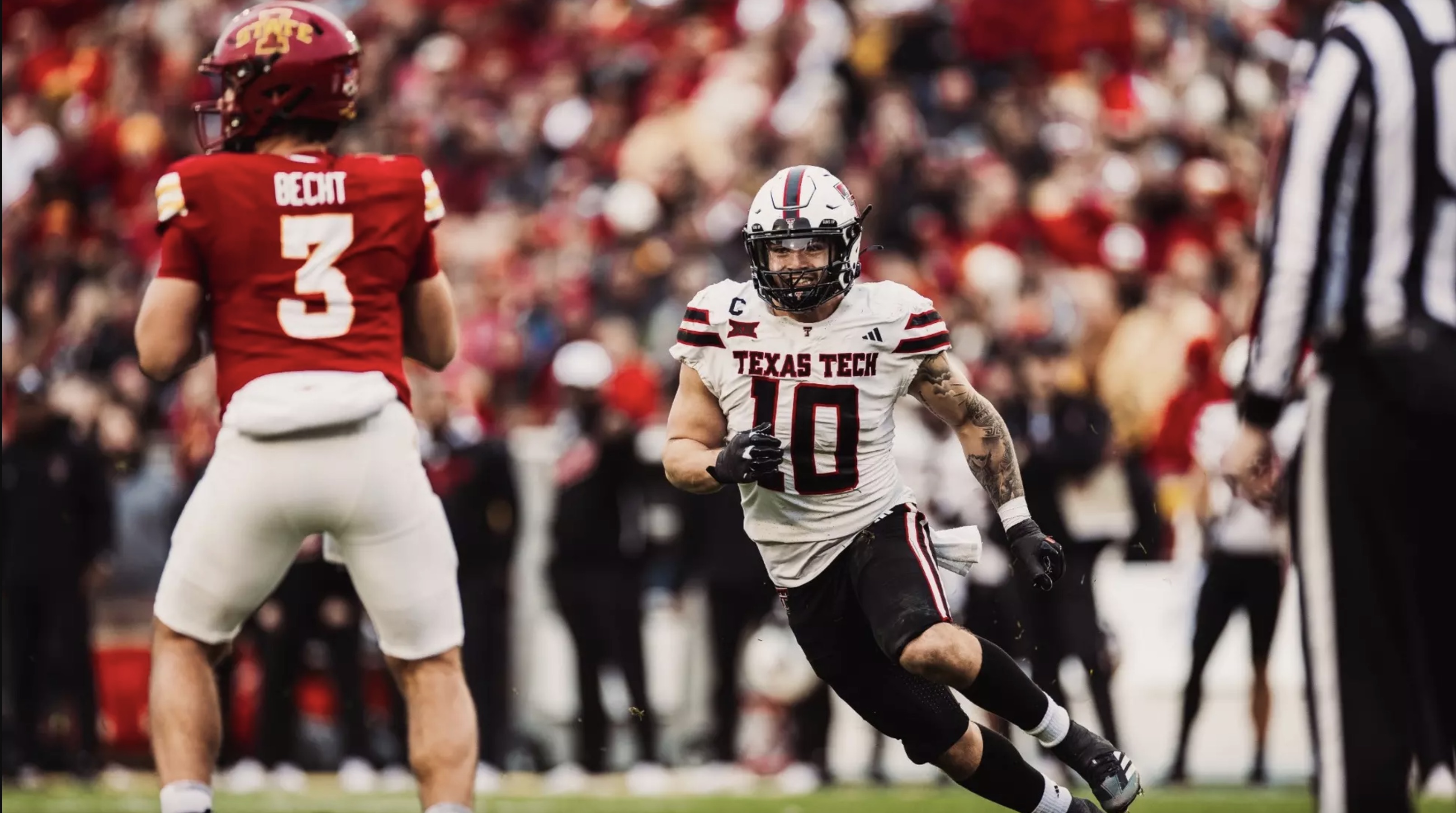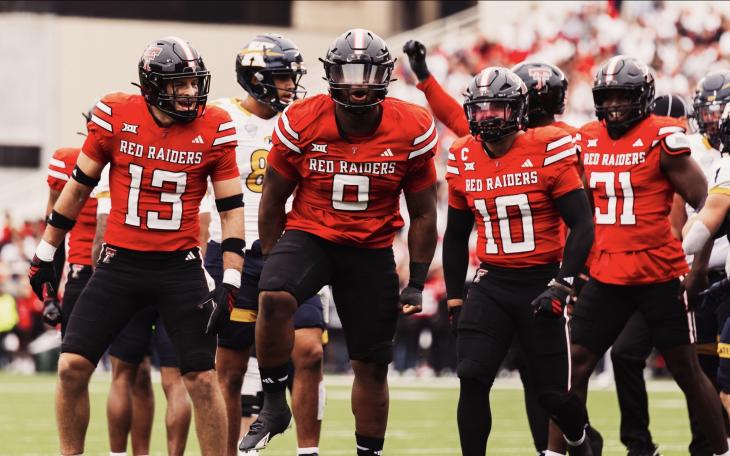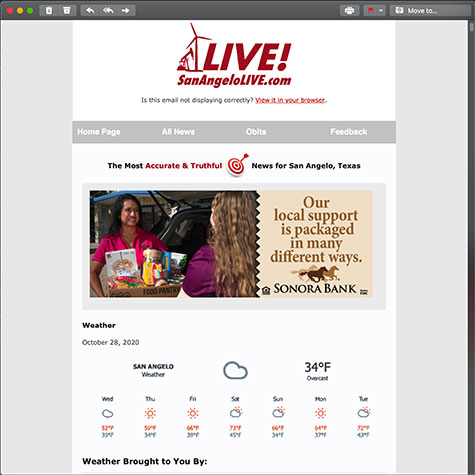INDIANAPOLIS, IN — The NCAA Division I Board of Directors on Monday proposed eliminating 153 longstanding rules from its handbook, including longstanding restrictions on direct payments to college athletes, marking a potential landmark shift in the growing problem that is the NIL.
The proposal, contingent on final approval of the House v. NCAA antitrust settlement, would allow schools to offer direct financial compensation to players — including payments for name, image and likeness (NIL) — and create a new structure for roster management and scholarship distribution.
Board members met for four hours Monday, ultimately advancing nine key legislative changes that would reshape the NCAA’s regulatory framework. The changes could go into effect by July 1, pending settlement approval, with schools having until June 15 to opt in to the new model for the upcoming academic year.
Key Proposals Include:
-
Up to $20.5 Million in Direct Athlete Benefits: Schools in the Power Four conferences — and others choosing to participate — could offer financial packages to athletes capped at $20.5 million annually.
-
Expanded Scholarship Access: All athletes on declared rosters could receive full scholarships, a change the NCAA says will significantly increase opportunities, particularly for women’s sports.
-
Sport-Specific Roster Limits: New regulations would establish standardized roster sizes per sport.
-
NIL Transparency and Oversight: The NCAA will require all NIL deals valued at $600 or more to be disclosed. A newly created NIL clearinghouse — operated independently — will review third-party agreements for fairness and potential circumvention of the financial cap.
-
Monitoring Platforms and Enforcement: Schools would be required to use technology platforms to track both institutional payments and third-party NIL deals. An enforcement group, run by the conferences involved in the House case, would oversee adherence to the settlement terms.
Despite the financial shift, certain eligibility requirements remain. To be eligible for benefits, athletes must:
-
Be enrolled full-time.
-
Meet Division I academic progress standards.
-
Earn benefits within their five-year eligibility period.
Athletes will still be permitted to sign with agents for NIL purposes, but the NCAA insists on maintaining elements that differentiate college athletics from professional sports.
The proposals align with terms expected in the House settlement, which seeks to resolve ongoing litigation over past restrictions on athlete compensation. While major conferences are expected to adopt the new framework, not all Division I programs will opt in. The Ivy League, for example, has already announced plans to continue under the traditional model.
The NCAA’s sweeping reform effort underscores the accelerating transformation of college athletics — from a historically amateur model to one increasingly mirroring the professional ranks.
Further action is expected following final court approval of the settlement.
Subscribe to the LIVE! Daily
Required






Post a comment to this article here: